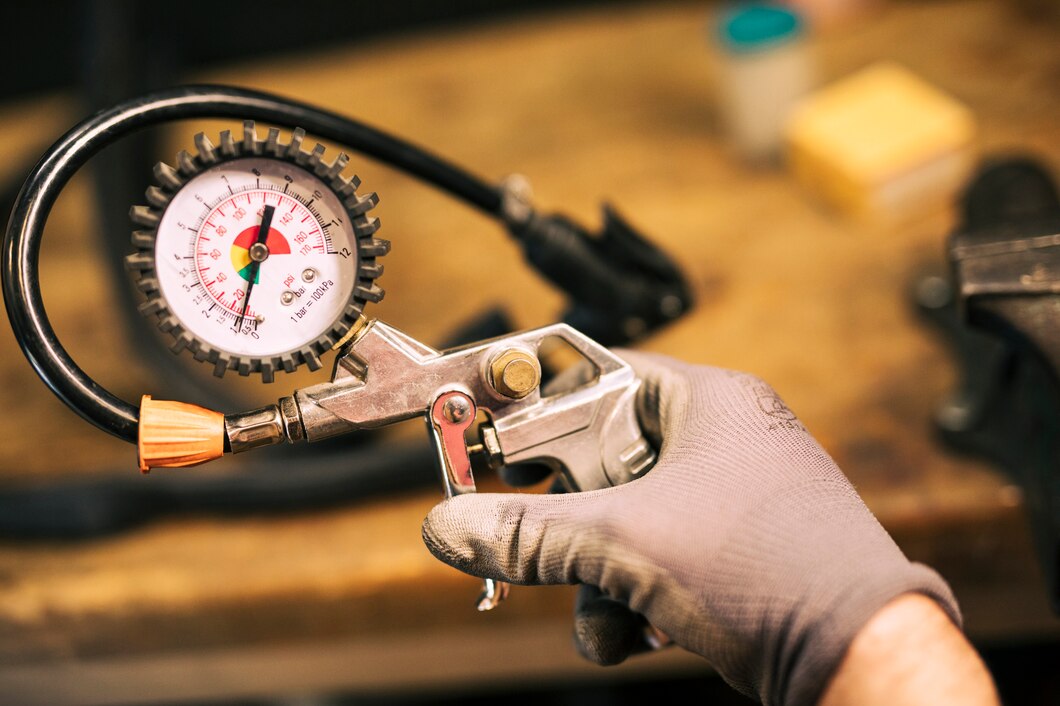Eco-Friendly Tools
Extend Your Gas Tools’ Life with Proper Maintenance: A Guide
Caring for your gas-fuelled tools properly not only maximizes their performance but significantly extends their lifespan. At Bernzomatic, we understand that the reliability and efficiency of your tools are crucial, whether you’re a professional or a DIY enthusiast. That’s why we want to share essential maintenance tips that can help you get the best out of your investments. This guide is designed to simplify maintenance processes and ensure your gas tools remain in top condition, making your tasks easier and more productive.
Regular upkeep and correct handling can prevent many common issues that might shorten your tools’ operational life. From simple cleaning techniques to more detailed inspections, the right care approach can mean the difference between a tool that lasts a season and one that lasts for years. Follow along as we provide straightforward, practical advice tailored to help maintain your Bernzomatic gas tools effectively. Whether you’re a seasoned user or just starting out, these insights will equip you with the knowledge to handle your tools with confidence.
Understanding the Basics of Gas-Fuelled Tool Maintenance
Maintaining gas-fuelled tools might seem daunting, but it’s simpler than one might think. Each part of keeping these tools in tip-top shape is crucial to ensuring they operate effectively and safely. It begins with a basic understanding of the components of these tools. Each gas-fuelled tool consists of a motor that requires a specific mix of air and fuel to operate efficiently. Ensuring this balance is maintained is key to the tool’s performance. Additionally, we always ensure that the fuel intake and exhaust systems remain clear of obstructions, as any blockages can decrease efficiency or even pose a risk of damage or injury.
Another important aspect is the regular checking and replacement of wearable parts such as filters, hoses, and seals. These components are pivotal in maintaining the functionality and safety of gas-fuelled tools. Even the most durable parts eventually wear down through normal use, and keeping them in good condition extends the tool’s lifetime and prevents operational failures that could lead to safety hazards.
Regular Cleaning and Inspection Routine for Gas Tools
To ensure our gas tools are always ready for the next job, establishing a routine cleaning and inspection schedule is vital. We start by cleaning the exterior of each tool after use, removing dirt, debris, and any residues that might clog the moving parts. This not alone preserves the tool’s appearance but also prevents the accumulation of materials that could impede its function.
During inspection, our focus shifts to deeper checks. We examine the integrity of all connections and settings. It’s crucial to spot any signs of wear or potential failures before they become serious. Inspection includes looking for cracks or breaks in the hoses, ensuring connections are tight, and verifying that settings return to standard baselines after use. This thorough routine not only keeps our tools running efficiently but also safeguards the operator from possible malfunctions or safety issues. By adhering to these practices, we provide a basis for safe and dependable tool usage for everyone.
Proper Storage Solutions to Extend Tool Lifespan
When it comes to extending the lifespan of our gas-fuelled tools, proper storage is key. We recommend storing these tools in cool, dry environments to prevent any humidity-related damage or corrosion. Particularly, the presence of excessive moisture can lead to rust on metal components, which compromises both the tool’s functionality and safety. We also ensure that all fuel is drained from the tools before storage, as leftover fuel can deteriorate and gum up the engine, leading to operational issues when the tool is next used.
In addition, positioning the tools correctly in storage can prevent accidental damage. We avoid placing heavy objects on top of gas tools and ensure they are neatly organised and not overcrowded. Using dedicated storage racks and containers can help maintain the tools’ condition, keeping them safe from physical damage and ensuring they are readily accessible for the next job.
Troubleshooting Common Issues with Gas-Fuelled Tools
Even with meticulous maintenance, issues can occasionally arise with gas-fuelled tools. Recognising common problems and knowing how to address them promptly can save both time and resources. One frequent issue is difficulty in starting the tool. This can often be rectified by checking that the fuel mixture is correct and that the ignition system is clean and intact. Another common problem is a decrease in power, which may signal a clogged air filter or a fuel system issue.
We rigorously train our team to handle these troubleshooting basics and encourage our customers to familiarise themselves with their tools’ operational guidelines. Ensuring quick fixes like replacing a spark plug or cleaning an air filter can often prevent the need for more significant repairs. By equipping ourselves with these troubleshooting skills, we enhance our independence, ensuring that we keep our operations running smoothly with minimal downtime.
Final Thoughts
At Bernzomatic, we take pride in the reliability and safety of our gas-fuelled tools. By following the practices outlined – from regular maintenance and proper storage to adept troubleshooting – we ensure that our tools perform at their best, safely and efficiently. This not only protects our investment but also preserves our reputation for excellence in craftsmanship.
For those looking to equip themselves with the very best in gas-powered tools, ensuring longevity and safety, visit Bernzomatic for expert advice and quality products. Let us help you get the most out of your tools, ensuring that every task is tackled with precision and confidence. No matter the challenge, with Bernzomatic on your side, you’re set for success.


